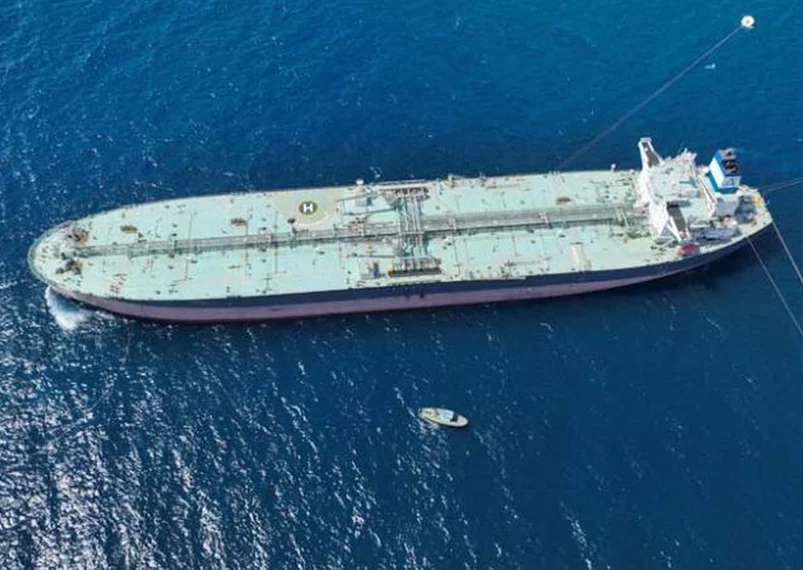After fourteen long years, Syria has made a cautious return to the global oil market, as on September 1, 2025, the tanker Nissos Christiana sailed out of Tartus carrying 600,000 barrels of heavy crude, marking Damascus’s first export since the civil war began, representing a symbolic breakthrough and a whiff of long-lost relevance.
The timing is no coincidence. In June 2025, the United States lifted sanctions on Syrian oil exports, effectively clearing the way for Damascus to rejoin the market, and an $800 million memorandum with Dubai’s DP World to upgrade Tartus port signals that Syria is polishing its infrastructure for a potential comeback, while Russia has shipped more than 2.6 million barrels of Arctic crude this year to keep Syrian refineries alive and the domestic market supplied, showing that Damascus has been quietly preparing this moment for months.
What about the money? Officials have kept the numbers under wraps, but a shipment of 600,000 barrels could be worth $35 to $40 million, depending on crude quality, hardly a fortune compared to Gulf monarchies, but a significant sum for Syria’s battered economy, and if the experiment succeeds, further exports could follow, providing a modest but welcome injection of hard currency.
The buyer this time is Vitol, the world’s largest private energy trader, with the crude reportedly destined for its Sarroch refinery in Sardinia, although the final customer may still change as oil cargoes are often resold mid-voyage, yet symbolism may be just as important as profit.
Back in 2010, Syria exported around 380,000 barrels per day, mostly to Europe, generating roughly $3 billion annually, enough to keep state coffers flowing before war and sanctions reduced production to a trickle, whereas today’s shipment is more like dipping a toe into the market than diving headfirst, but in a country where symbolism matters as much as hard cash, a single cargo carries weight far beyond its barrels.
This raises an inevitable regional comparison: Syria is now technically ahead of Lebanon in the oil race. Beirut has talked about offshore drilling for years, signed deals with international companies, and issued glossy brochures promising future wealth, yet as of September 2025, not a single barrel has been pumped, and Lebanon still relies on imported fuel, donor goodwill, and perpetual blackouts, while Syria has at least put one cargo on the water, allowing Damascus to claim it is “more advanced” than its western neighbor — a rare feat outside power outages and political crises.
Still, one tanker does not make Syria an oil power, nor guarantee a stable return to pre-war export levels, as infrastructure remains damaged, foreign investors are cautious, and political uncertainty hangs over every barrel, yet in a region where symbolism often precedes substance, the fact that Syrian crude is leaving port again matters.
Whether this is the start of a sustained revival or a headline-grabbing experiment remains to be seen, but one thing is certain: for the first time in over a decade, Syria has more oil on the market than Lebanon, and for Beirut’s energy dreams, that may sting more than a blackout.




